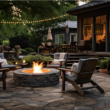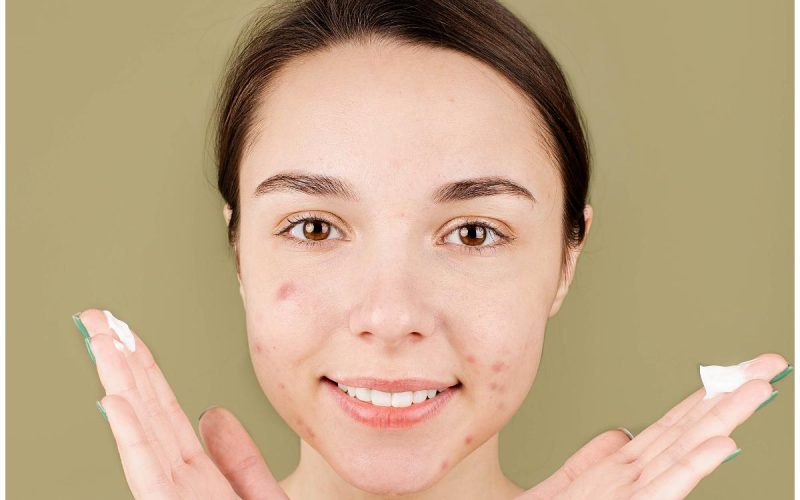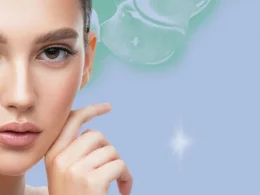Content Summary
- What are the spots like and what are they due to?
- Who makes the diagnosis and how?
- How are they treated?
What are the spots like and what are they due to?
Strictly speaking, the spot or “macula” is a circumscribed and generally not raised brown (light or dark) lesion less than 3 cm in diameter. The medical term is lentigo, and there are several types. One of them solar or senile lentigo (associated with age). Another type is lentigo maligna melanoma, which is more polychrome, more extensive and irregular and grows progressively.
Solar or age-associated lentigines are so named due to their clear causal relationship with sun exposure. They appear in photoexposed areas of the skin, especially on the face, neckline and hands, and may appear isolated or multiple.
Its prevalence is directly correlated with advancing age (90% of white people over 60 years of age) and is caused by the localized accumulation of melanocytes (cells that give skin its color) induced by ultraviolet rays emitted by the sunlight.
Artificial sources of ultraviolet light (such as self-tanning booths or photochemotherapy treatments) can also cause them to appear.
Who makes the diagnosis and how?
Age spots on the skin are a frequent consultation with the dermatologist. The dermatologist basically confirms the diagnosis with an adequate examination. No specific diagnostic test is necessary, except in those cases in which there is some diagnostic doubt. In such cases, a biopsy can be performed to rule out, above all, that it is not another type of malignant lesion that requires targeted and rapid treatment.
It is also not necessary to monitor this type of lesions, it depends on the type of skin and the specific recommendation of the specialist (for example, people with a light phototype with a higher risk of melanoma or skin cancer). Yes, periodic check-ups to examine the skin can be recommended , especially in people with multiple lentigines or with a high-risk phototype (very light skin).
How to Remove age spots on the skin?
Once they appear, these lesions do not go away on their own and are even made worse by exposure/sunburn . As they are not malignant lesions, it is not necessary to eliminate them, the indication for treatment being purely aesthetic, for which it is used:
- Depigmenting creams/solutions: this is the least effective treatment.
- Cryotherapy: this technique can leave as a side effect a lack of pigmentation in the area (residual leukoderma).
- Laser treatments.
It must be taken into account that in photo-aged skin and/or skin associated with age, even if the lesions are removed, they can easily reappear with sun exposure, so prevention measures are essential: daily and habitual use of high sunscreen in photo-exposed areas, wear caps or hats, avoid the hours of greatest solar irradiation in summer and photoexposure as far as possible.
What you should know…
- Solar or age-associated lentigines are so named due to their clear causal relationship with sun exposure. They appear mainly on the face, neckline and hands, and may appear in isolation or multiple.
- These lesions do not go away on their own and even worsen with sun exposure/burns.
- As they are not malignant lesions, it is not necessary to remove them, the indication for treatment being purely aesthetic, for which depigmenting creams/solutions, cryotherapy or laser are used.









